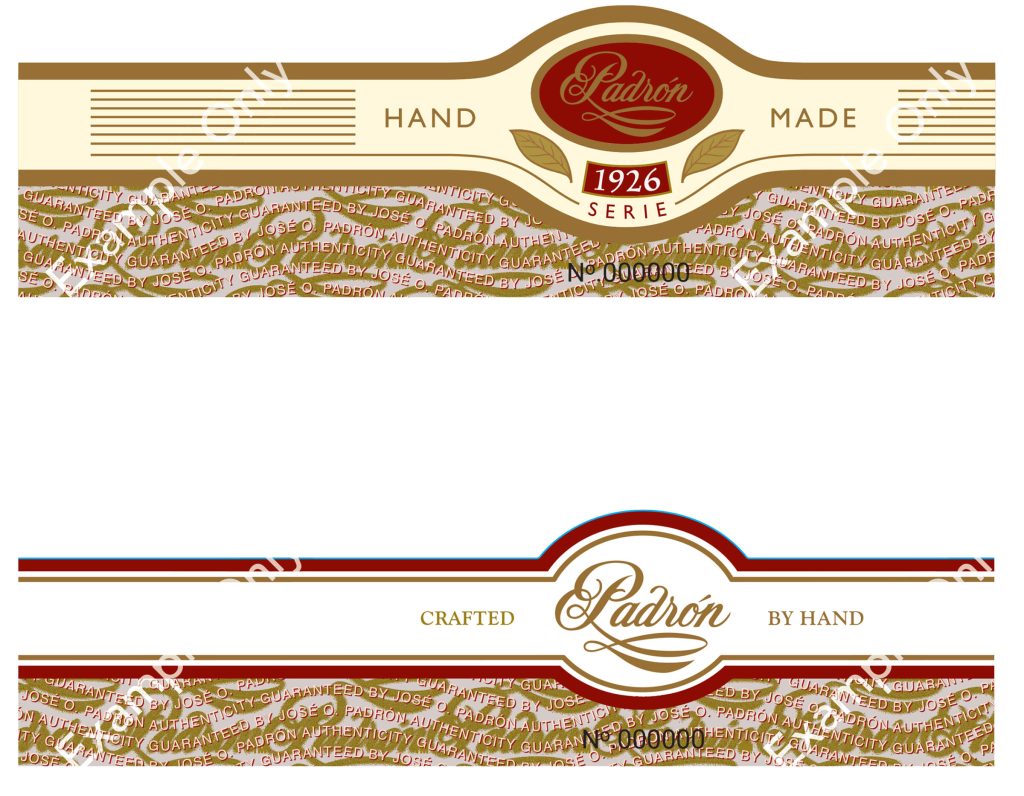Padrón Cigars: Embracing Tradition While Evolving Design
Padrón cigars have long been celebrated for their dedication to delivering high-quality cigars to both new and seasoned smokers. Known for maintaining a consistent design throughout the years, Padrón has successfully built a reputation for quality and authenticity. A distinctive feature of their bands has always been the inclusion of a serial number, ensuring that each cigar is genuine.
For those familiar with Padrón’s anniversary lines, you would recognize the two-piece band that adorned these special cigars. However, Padrón is making a significant change to this tradition. In an effort to streamline their design, the company is transitioning to a single-band format.
The first lines to undergo this change are the 1964 Anniversary Series, the 1926 Serie, and the Dámaso Series. While some may initially question the authenticity of a single-banded Padrón, rest assured that these cigars are genuine and reflect the brand’s new design direction.
This evolution in design highlights Padrón’s commitment to innovation while respecting the legacy and trust they have built with their consumers. The transition to a single band aims to enhance the overall aesthetic without compromising the cigar’s quality or authenticity.

About José Orlando Padrón – we can literally say that he is the salt of the earth. Across generations, his family made a living planting tobacco in the fertile fields of the Cuban province of Pinar del Río. His ancestors had been farmers in the Canary Islands.
After graduating from the José B. Alemán Technical Industrial School in 1944, he returned to his father Francisco’s 230-plus-acre farm. His job was to supervise and tend to the tobacco crops; de-stemming, sorting leaves and planting the seedbeds.
However, in the early 1950s, he received an offer to work in management at a copper mine in Pinar del Río. Had he not taken the position, he would have remained a tobacco farmer, just like his grandfather and his father. When the mine ceased operations during the revolutionary fight against the Batista dictatorship, Orlando, who sympathized with the democratic ideals proclaimed at the time by Fidel Castro, joined his clandestine army.
In January of 1959, Castro assumed leadership of the country, but then-lieutenant Padrón did not continue in the ranks of the Revolutionary Army. When Fidel Castro offered Orlando another government post he declined.
By April of 1961, he boarded a plane and was able to leave Havana en route to Spain; lucky for him, he did so just in time. Had Orlando stayed in Cuba, he would have been a marked man in the eyes of Castro’s intelligence corps. And true to the norms of the time, he would have been sentenced to 20 years in prison at the very least.
After several months of a lonely existence in Madrid, Padrón, in December of 1961, boarded the Steamship Covadonga, bound for the United States. He first worked in New York, and in February of 1962, traveled on a Greyhound bus to Miami.


